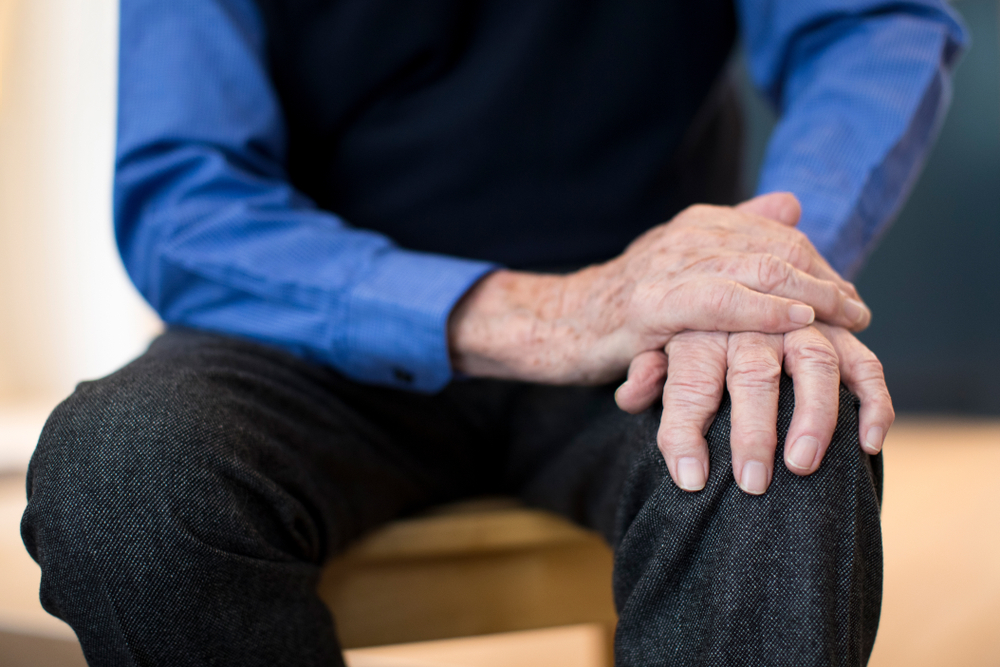Neurological disorders are those conditions of the brain and the peripheral nervous system; This includes the brain, the nerve roots, the peripheral nerves, cranial nerves, the spinal cord, autonomic nervous system, neuromuscular muscles, and joints.
There are several neurological disorders such as a brain migraine, Alzheimer disease, epilepsy, Parkinson’s disease and many more. The prevalence of these neurological disorders is already high and is rising to record numbers as the time goes progresses. With hundreds of millions of people being affected by such neurological diseases, it becomes essential to throw light on such conditions.

Parkinson’s disease is one such neurological disorder that is quite common and known to affect millions of people worldwide. It is estimated that there are about 7-10 million cases of people affected by Parkinson’s disease across the globe. It is necessary to visit a good neurologist on encountering the symptoms of such a neurological disorder.
What Is Parkinson’s Disease?
Parkinson Disease, or simply PD, is a kind of movement disorder. The movement disorder includes a range of abnormal body movements that have a neurological condition and also covers anomalies like cerebral palsy, Tourette syndrome and ataxia.
The Parkinson’s disease is a disorder wherein the movements of the person are affected, such as speaking, writing, etc.
The disease is described as a progressive neurological disorder. The disorder is a result of the nerve cells in the brain incapable of producing enough of a brain chemical known as dopamine.
The Parkinson’s disease is known to affect about 60,000 Americans annually. The actual figures are probably much more with many cases of the disease going undetected. An estimated one million adults live with the Parkinson’s disease in the USA.
It is also experienced that males are at a higher risk of developing the disease than the females.
Causes
This Parkinson’s disease is primarily caused by the loss of nerve cells in a part of the brain known as the substantia nigra. These nerve cells are known as dopaminergic cells. These dopaminergic cells function is to produce a brain chemical known as dopamine, which is a neurotransmitter and is responsible for controlling and coordinating body movements.
However, if the dopaminergic cells are damaged, and production of dopamine falls short, the brain finds it difficult to manage and coordinate muscle movements leading to the symptoms of the Parkinson’s disease. However, the reason behind the nerve cells being perished or damaged is still unknown.
A genetic component has also been cited as one of the causes of the disease, but such cases are very few to find. Also, exposure to certain chemicals in the environment can also be listed as one of the causes of the condition.
Symptoms
Symptoms of PD start from one side of the body and eventually affect the other side of the body. There are primarily four symptoms which can be listed as:
- Slow physical movements or slowed motion of body parts known as Bradykinesia.
- Shaking hands or tremor which is generally found in early stages of the disease.
- The stiffness of muscles or Rigidity, most commonly of limbs and neck.

Muscle Stiffness - Impaired balance and coordination are leading to unusual posture.
- Other secondary symptoms may also include cramping, fatigue, drooling, speech problems, dysphagia (difficulties in swallowing).
- There are other signs as well such as sleeping problems, constipation, depression, reduced sense of smell and pain, etc.
Prevention
There is no particular preventive measure for Parkinson’s disease. However, having a healthy diet reduces the risk of Parkinson’s. Engaging in moderate or extreme physical activities also eliminates the risk of having the disease. Also, stress management is also essential since more stress develops a strain on the brain. Having enough sleep is also necessary for the brain. Also, preventing head injuries is vital.
Treatment
Treatment of Parkinson’s disease is not specific. It depends from person to person depending on the symptoms of the person. The procedure for PD involves medication or surgical therapy. Taking more rest, speech therapy, occupational therapy and performing physical activities and exercises are all part of the treatments to suppress the effects or symptoms of Parkinson’s disease.
For individuals with advanced PD, deep brain stimulation surgery is used that uses electrodes to stimulate the parts of the brain involved in the movement. Another approach consists of the use of dopamine-producing cells from the stem cells. Perhaps it needs more research to follow the practice.
Dr. Beth Latimer, a Washington DC Children’s Neurologist, states that it is essential to go to the right doctor at the right time for treatment to have better control over the disorder.
Parkinson’s Disease is the most prevalent mobility disorder and the second most neurodegenerative disorder, and the person with the disease needs proper care and treatment from a well-experienced neurologist.

